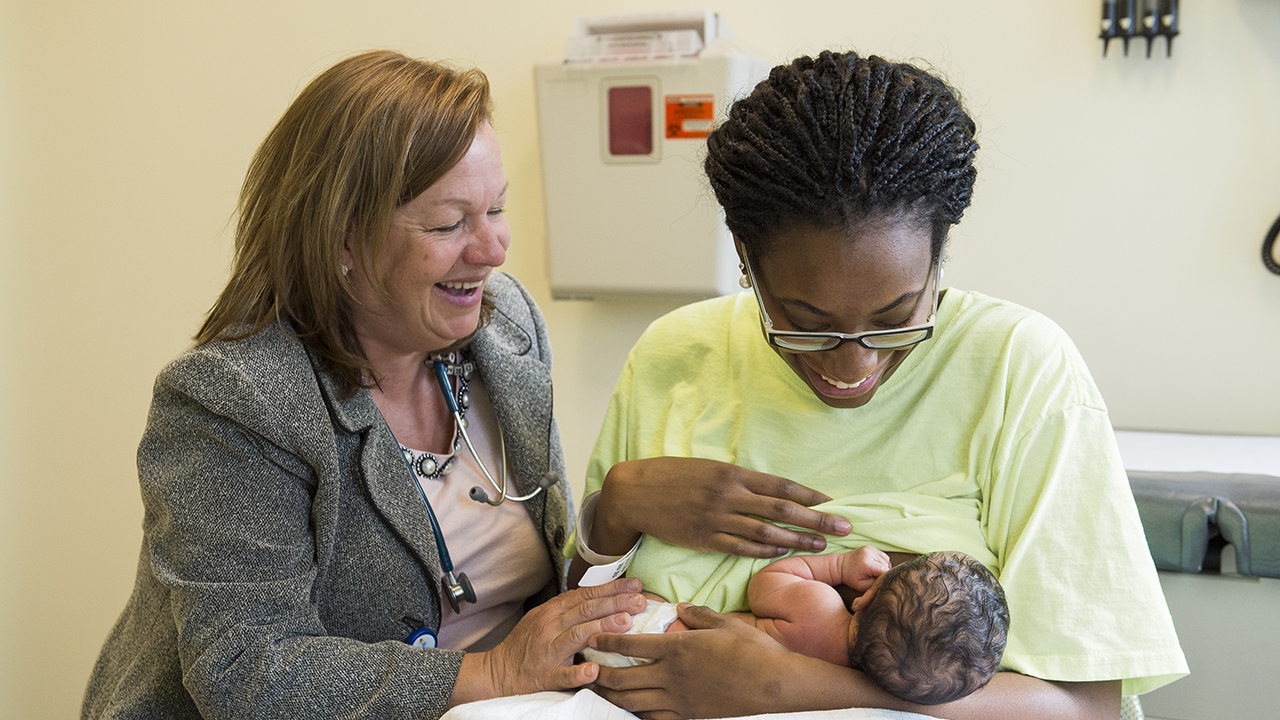World Breastfeeding Week is celebrated every year from the 1st-7th August. The 2020 theme is “Support breastfeeding for a healthier planet.”

We got in touch with two experts to gain answers to FAQ’s by New Moms:
- Aubrey Phelps, Perinatal and Pediatric Nutritionist
- Dr. Kameelah Phillips, Lactation Consultant and Founder of Calla Women’s Health.
Why Should I Breastfeed?
Dr Kameelah encourages moms to breastfeed until their babies naturally wean or until the mother decides she is no longer willing or able to breastfeed. She further adds “In some countries mothers can nurse for up to 5 years to allow for birth spacing. In the US there seems to be a cultural aversion to breast feeding this long, but we should really support mothers in achieving whatever the goal they set for themselves.” According to Dr. Phillips “Breastfeeding also decreases rates of allergies and asthma. This can translate into less sickness for babies and time off for caregivers. Breastfed babies also have less childhood obesity. Research also supports positive effects on brain development and behavior.”
Ms Phelps says “Breastfeeding and breast milk are the absolute best nutrition for baby. Breast milk is made exactly for baby’s needs and personalized for each baby.. When baby nurses, mom’s body receives input about what baby needs – more fluid/water? more fat? certain antibodies? Mom’s body works to make what’s needed.”
She goes on to add “Breast milk also contains long chain carbohydrates called human oligosaccharides. These carbohydrates can’t be broken down by the baby’s body, and help to nurture and grow their budding gut microbiome. Additionally, breastfeeding, specifically, supports skin to skin contact, which helps regulate baby’s temperature, heart rate, and breathing rate.”

When to Start?
Ideally the new mother will start breastfeeding within the first hour after delivery while the infant is alert and quiet, agrees Kameelah Phillips and so does Perinatal and Pediatric Nutritionist, Ms Phelps. She adds “For preemies or situations where mom and baby are separated for some reason, pumped milk should be offered immediately (or as soon as any sort of enteral/tube feeding is appropriate).”
Number of times to Breast-Feed?
A new mom is often left to judge by her instinct or a crying baby to guess if the newborn is hungry. Dr Kameelah would not like to put a minimum or maximum limit on the number of times a baby feeds as each baby is different. According to her “You should feed your baby when the infant starts to demonstrate early signs of hunger. Initially you may feel like the baby is attached to your breast. This is not uncommon but will soon regulate itself as your milk supply becomes established, the infant’s sleeping and eating patterns normalize, and the baby becomes more efficient at taking milk from the breast.”
“For a newborn, a minimum of 8 nursing sessions should occur in 24 hours; 10-12 is preferred, says lactation expert. “This helps ensure baby is getting adequate nutrition, hydration, and signals are being sent to encourage mom’s milk production. As babies get older (typically 3+ months), the time between nursing sessions will naturally be reduced, decreasing total nursing sessions per day.” she adds.
Equipment to Assist Breastfeeding
In the words of Aubrey Phelps, Perinatal and Pediatric Nutritionist, typically, no special equipment is required. A nursing bra, or at the very least, one that can be pulled down to nurse so as not to compress the breast and lead to potential plugged ducts, should be worn. Some moms like some sort of nursing pillow to help position baby.

A water bottle to help keep mom hydrated is a great idea. In certain cases, a supplementary feeding system that helps baby get more milk with less effort as they learn to nurse can be beneficial, as can nipple shields, but these things are generally not warranted, or at least shouldn’t be considered as a first line of intervention. A lactation consultant is an idea resource to help moms get off to a good start and quickly trouble shoot any potential issues that could compromise breastfeeding.
“I am a Working Mom, How to Breastfeed my baby?”
According to Dr. Kameelah, mothers when they return back to work should know their rights at workplace regarding breastfeeding. This involves where you can breastfeed or pump, store your milk, and how much time is allotted to such activities. “It is also helpful to have an efficient pump so that she can express the maximum amount of milk during her pumping sessions.” she adds.
Our lactation expert suggests “hands free pumps or nursing bras are great, as are car charger adapters to help busy moms get pumping in no matter where she is. Looking at pictures or videos of baby while pumping can also help provide the necessary incentive to get hormones like oxytocin and prolactin flowing so the pumping session is successful.”
Many mothers worry that baby isn’t getting enough or that her supply isn’t sufficient. This is especially true for mommas for whom this is their first baby or who have especially fussy little ones.
Don’t worry your little one will take his/her share of meal.
Credits:
1.Kameelah Phillips MD, IBCLC ( degree for lactation consultants)
OBGYN and Founder of Calla Women’s Health.
IG : drkameelahsays
2. Aubrey Phelps MS RDN LDN IFNCP PPCES
Perinatal and Pediatric Nutritionist
Fit for Birth Perinatal Exercise Specialist
[email protected]
Disclaimer
The Content is not intended to be a substitute for professional medical advice, diagnosis, or treatment. Always seek the advice of your physician or other qualified health provider with any questions you may have regarding a medical condition.